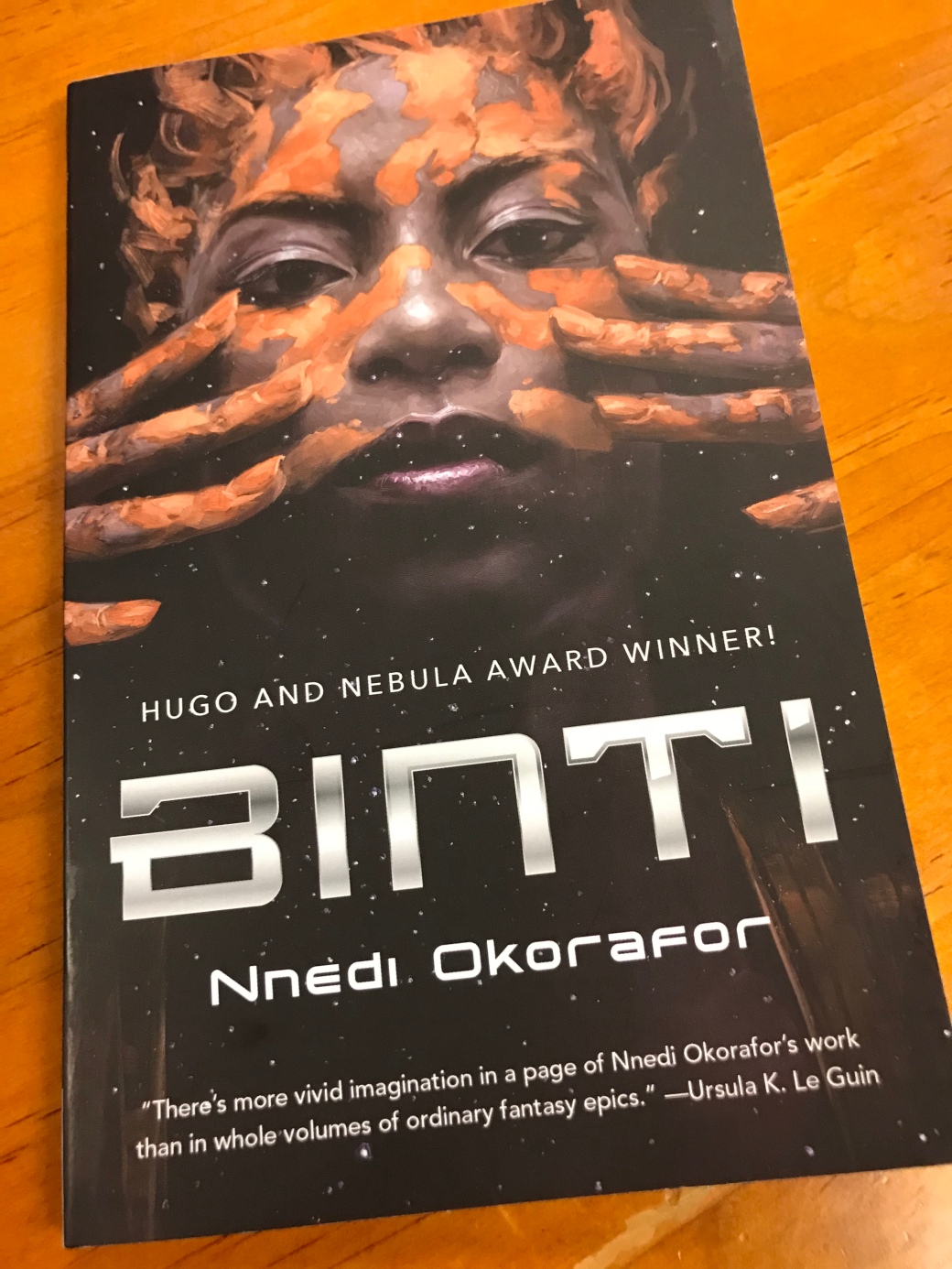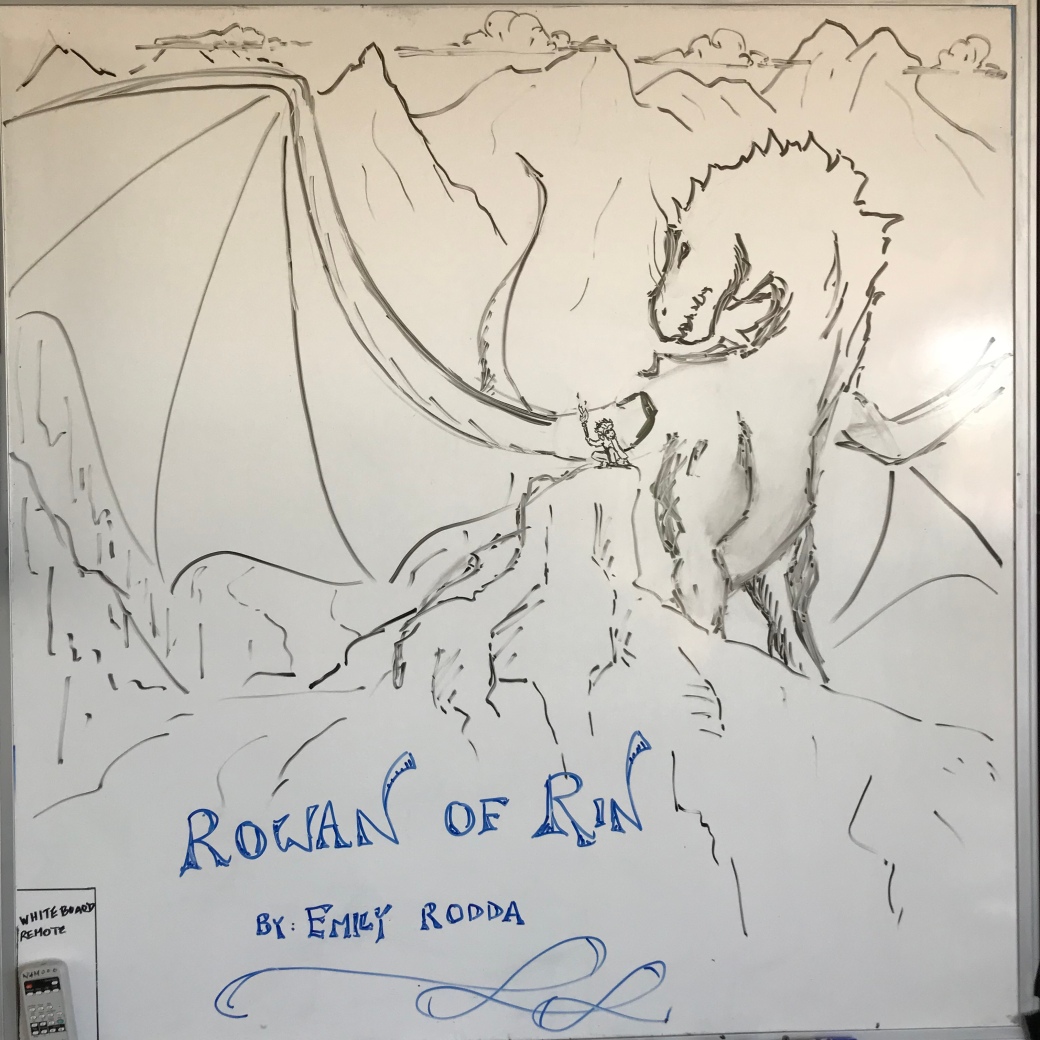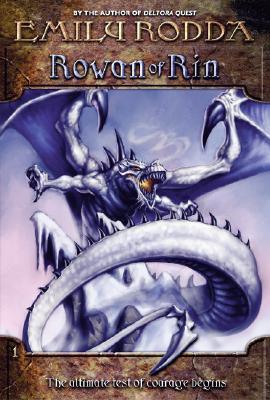Binti, by Nnedi Okorafor, is a science fiction novella about a young Himba woman, the eponymous Binti, seeking to travel off-world to study at a prestigious university. First and foremost, this is a cracking story; imaginative and fascinating. The cultures presented, the Himba, Khoush and the alien Meduse, are wonderfully outlined and believably constructed (in the case of the fictional), or artfully related (in the case of the futuristic version of the Himba). I found myself drawn into this story, fascinated by the deep cultures presented throughout, the rich setting, and especially by the character of Binti.

Being a novella, the story itself is short and easy to read, it is also wonderfully written with every word pushing the story and relating the characters and emotion. Much time is well spent on expanding the cultures represented, often by juxtaposing expectations of those cultures against the consequences of their choices; the action/inaction of the characters. It is an engrossing read, well constructed and executed, full of feeling and emotion.
The theme I loved the most, I think (‘I think’ because I am still digesting), is the role of communication in the breakdown and formation of connections between peoples. I won’t say too much more, because I don’t like revealing too much of the story, but the capacity to communicate with reason seems a fundamental theme in the story, that coupled with a willingness to listen.
Binti is strong and vulnerable, emotional and reasonable all at the same time, and makes for a wonderful character that is easy to relate to. Her strong sense of identity and culture, and the significance of having that removed, changed or even just of leaving it, are also key themes explored intelligently in only a small number of words. There is emotion packed in here, thought and feeling that far outweighs the page count.
As seems more and more the norm for me these days, I came across Nnedi Okorafor on twitter, reading through her commentary on her journey and experiences as a writer, I was inspired to get Binti and Akata Witch, and I’m very glad I did. There is just one thing I am furious about: I didn’t order the two sequels to Binti. Now I have to wait on the post before I get to read more.













